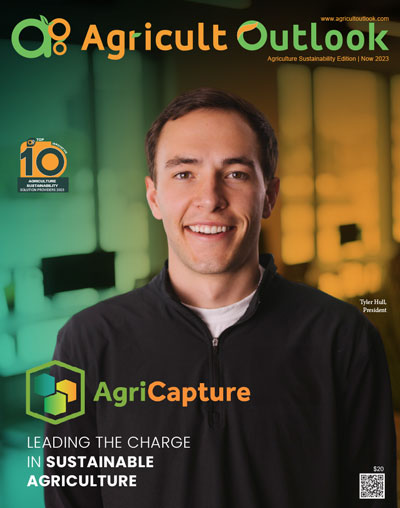Blue Star Foods Corp, an integrated Environmental, Social, and Governance (ESG) sustainable seafood company with a focus on Recirculatory Aquaculture Systems (RAS), has officially announced the launch of brand-new technology, which combines Artificial Intelligence (AI) with Ultraviolet (UV) light technology to revolutionize the industry’s standard molting crab identification process. To understand the significance of such a development, we must acknowledge how the Atlantic blue crab, scientifically known as Callinectes sapidus, goes through a molting process where it sheds its old shell to form a new one. Here, like can guess, identifying the precise moment when crabs are in the molting stage (busters) and harvesting them before they grow a new shell (soft crabs) is crucial for the soft-shell crab industry, as soft-shell crabs are high value seafood staple. However, despite the stakes, the current traditional method of identifying molting crabs have repeatedly shown to have some clear limitations. For starters, it demands you to invest a lot of time, and even if you can dedicate that, the process still remains prone to errors, something which is a big reason why we high mortality rates and operational inefficiencies in the given regard. Response to that downside, Blue Star Foods has introduced a mechanism, which leverages AI, along with UV light technology, to effectively automate the identification process, and therefore, reduce labor hours and costs by a significant margin.
Talk about the whole technology on a slightly deeper level, it started off by operating 24/7 with three shifts, where first shift went from 6 am to 2 pm, second shift from 2 pm to 10 pm, and third shift (night shift) from 10 pm to 6 am. After observing things this way, it discovered that crabs molt at a higher rate during the night shift. This means production would peak here, with a 30% increase in molting crabs compared to the first and second shifts. Having said that, workers are also more likely to be tired or distracted at night, making it more difficult for them to accurately identify busters. Markedly enough, when the researchers at Blue Star Foods used the traditional method to identify busters, the correlation between increase molting and mortality rate displayed exponential growth curve. On the other hand, upon applying AI software to create a vision system that monitors crab tanks under UV light and gauges the picture through fluorescence changes, they saw a more logistical growth curve. This meant that, as molting rate increased, mortality rate stabilized over time due to the AI system mapping its processes.
All in all, the AI and UV light technology is expected to reduce labor costs (currently 15% of Blue Star Food’s soft-shell crab revenues), increase operational efficiency, and improve the current yield rates by almost 50%. This should conversely lead to potential increase in profits by approximately 12.5% or $9 per dozen, based on the company’s 2024 season average selling prices of live soft-shell crabs. On top of that, it will also bolster the average biennial 75% survival rates.
At present, Blue Star Foods is conducting a pilot study to gather and analyze key performance indicators in the traditional manual method versus the AI-UV system across all shifts, focusing on factors like accuracy, labor hours, mortality rates, and costs.



